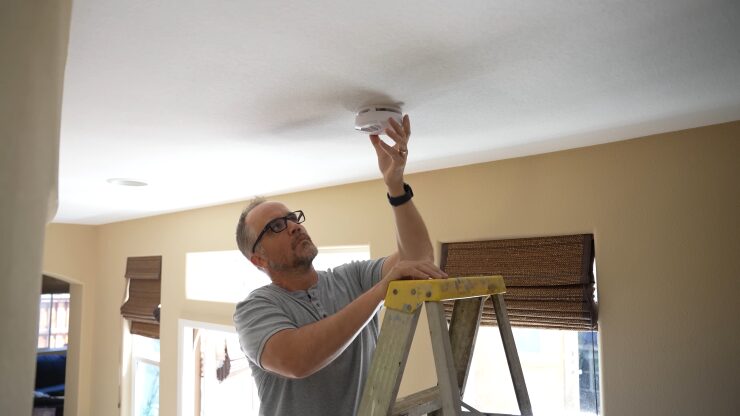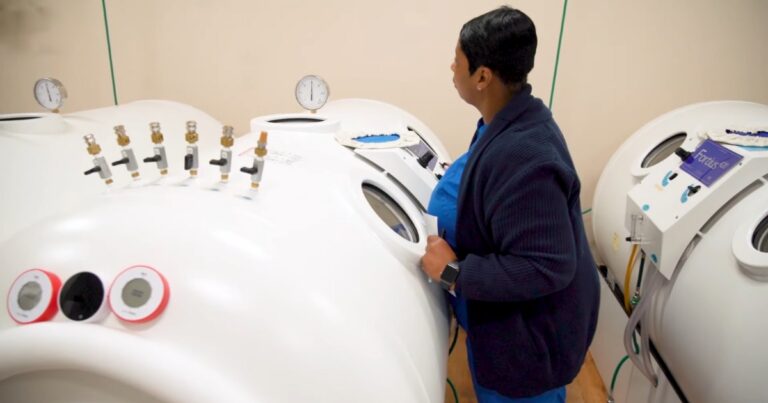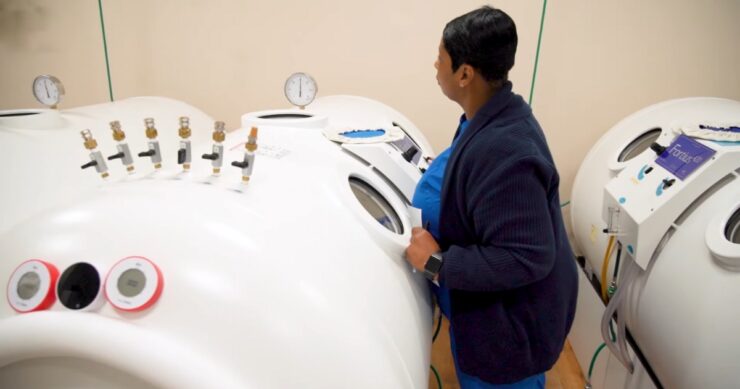Improving the safety and security of children is a paramount concern for parents, educators, and communities. In an ever-evolving world where threats can come from both physical and digital realms, it’s crucial to adopt comprehensive strategies to ensure the well-being of our young ones.
This article will explore various approaches, focusing on proactive measures, awareness, and the use of technology such as GPS trackers to enhance child safety.
1. The Role of Communication in Child Safety

Effective communication is the cornerstone of child safety. It’s essential to establish an open line of dialogue with children about the potential risks they may face in their daily lives. This conversation should be age-appropriate and ongoing.
Parents and guardians need to listen actively to their children’s concerns and observations, as children often provide subtle clues about their safety and well-being through their words and behavior.
Educating children on how to recognize and respond to different types of dangers, be it from strangers, acquaintances, or online interactions, empowers them to act wisely in potentially harmful situations. Regular family meetings to discuss safety rules, expectations, and changes in routines can reinforce these messages and provide a platform for addressing any concerns.
2. Understanding the Digital Landscape
In a world where technology is omnipresent, understanding the digital landscape is crucial for child safety. Cyber threats, such as online bullying, predatory behavior, and exposure to inappropriate content, pose significant risks. Parents must be proactive in educating themselves and their children about safe internet practices.
Monitoring and guiding children’s internet usage is not about invading their privacy but ensuring their safety. It involves setting clear guidelines about acceptable online behavior, time limits for internet use, and keeping communication devices in common areas of the home. Additionally, using parental controls and monitoring tools can help parents keep track of their children’s digital footprint.
3. GPS Trackers for Enhancing Child Safety
![]()
One of the technological advancements aiding child safety is the use of GPS trackers. These devices can be a valuable tool for parents, providing peace of mind and a means to quickly locate a child if they wander off or are in a situation where they need help.
GPS trackers come in various forms, including wearable devices and smartphone apps. They can provide real-time location tracking and even set up geofenced areas to alert parents if a child enters or leaves a designated area. This technology is especially useful for parents of younger children or those with special needs who may be more prone to wandering.
While GPS trackers offer significant benefits, it’s important to balance their use with respect for the child’s privacy and autonomy, especially as they grow older. Open conversations about the reasons for using these devices can help alleviate any concerns and make children feel more comfortable with the idea. Click here to learn more about GPS trackers.
4. Safety in the Physical World
While the digital world presents its challenges, physical safety remains a key focus. Teaching children basic safety skills, such as road safety, awareness of their surroundings, and how to seek help, is vital. Encouraging children to practice these skills in a controlled environment can build their confidence and ability to react appropriately in real-life situations.
Schools and communities play a significant role in this aspect. They can offer programs and workshops on safety skills, first aid, and emergency response. Collaboration between parents, schools, and local authorities can create a safer environment for children both at school and in the community.
5. Home Safety Measures

The home should be a safe haven for children. Regular checks and modifications to ensure the home environment is child-friendly are necessary. This includes securing potentially dangerous items, ensuring safe storage of medicines and chemicals, and installing safety devices like window guards and smoke detectors.
Parents should also be aware of the potential for accidents within the home and take preventative measures. Supervision is key, especially for younger children, but teaching older children about potential hazards in the home can also foster a safer environment.
6. Emergency Preparedness and Response
Being prepared for emergencies is a critical aspect of child safety. This includes having a family emergency plan in place, ensuring that children know how to dial emergency services, and teaching them basic information like their full name, address, and parents’ contact details.
Regular practice drills for different scenarios, such as fires, earthquakes, or lockdowns, can help children understand what to do in case of an emergency. It’s also important to educate them about the different types of people they can turn to for help, such as police officers, teachers, and family friends.
7. Building a Supportive Community Network

Beyond individual efforts, building a supportive community network is fundamental in enhancing child safety. This involves creating strong connections with neighbors, local schools, law enforcement, and community groups. A well-connected community can serve as a safety net, providing extra eyes and ears to watch over children and quickly mobilize support in case of an emergency.
Community programs that encourage interaction and cooperation, such as neighborhood watch schemes or child safety workshops, can significantly contribute to creating a safer environment for children. By fostering these relationships and participating in community initiatives, parents can extend the safety network for their children, reinforcing the notion that child safety is a shared responsibility.
Conclusion
Ensuring the safety and security of our children is a multifaceted task that requires vigilance, education, and the use of available resources, including technology.
By fostering open communication, understanding the digital and physical risks, securing our homes, utilizing tools like GPS trackers, and preparing for emergencies, we can create a safer environment for our children to grow and thrive. It’s a collective effort that involves parents, educators, and the community working together to protect our most precious assets – our children.
Related Posts:
- Magic Mushroom Edibles - Benefits, Trends and Safety…
- Pretty Little Liars Season 3 Spoilers: Brandon W.…
- Crypto Mass Payments Mastery: Essential Safety Tips…
- How Do Pay By Mobile Casino Sites Work? 3 Safety…
- Top 20 Evil Women in History - Sinister Tales of Real Crimes
- 10 Best whisky in India: Our Top Picks











